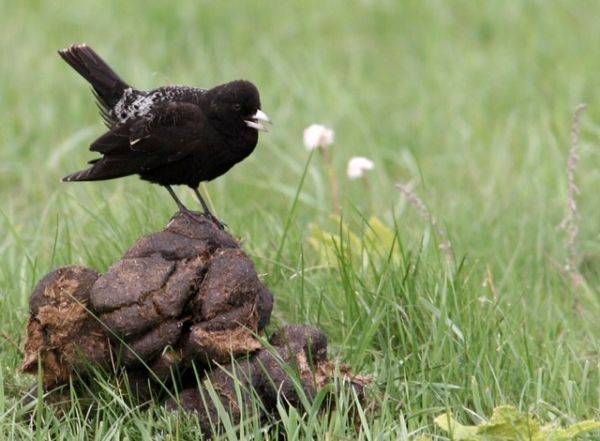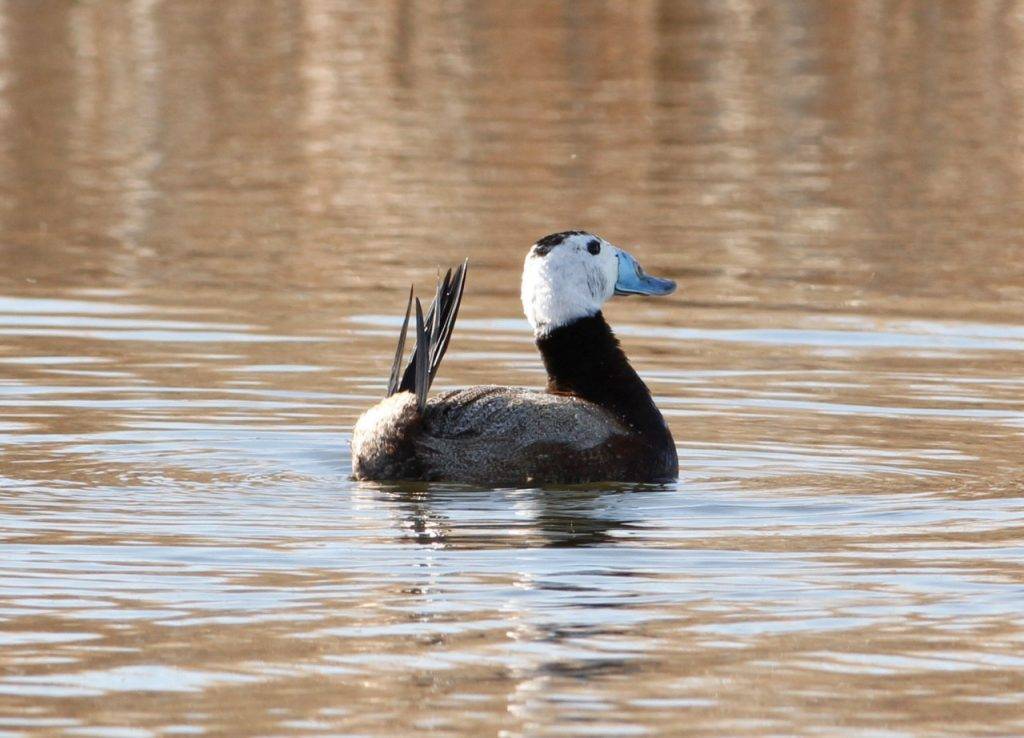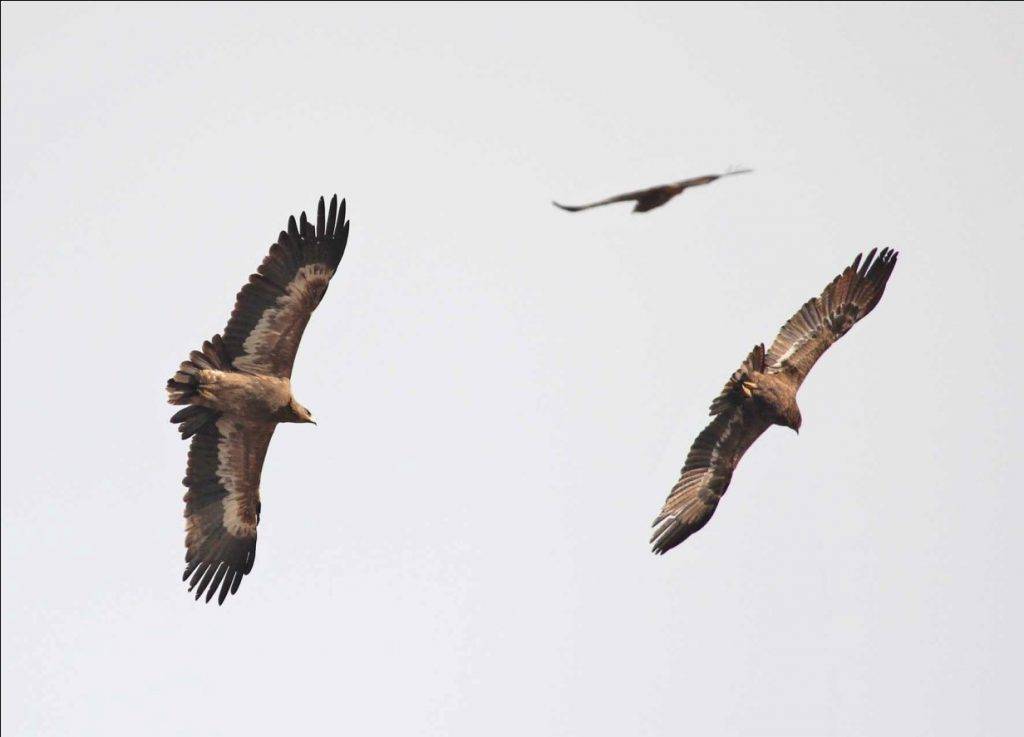Globally Threatened Birds of the OSME region need your help

BirdLife International has just released the European Red List for birds having collated the latest data from right across Europe and reassessed the regional status of all regularly occurring native species. This publication has implications for the GLOBAL Red List status of a number of species that occur across the OSME region. The Red List team at BirdLife is currently finalising discussion topics on a number of species, including white-headed duck, black lark and steppe eagle, which will be posted on the Globally Threatened Bird Forums by the end of June. Anyone with relevant information on the target species will be able to input to the consultation during July and early August. Based on the feedback received, recommended changes to the global status of species will be finalised in August, documented in the Red List database in September, and then passed on to the IUCN Red List Unit for validation in October. Any status changes resulting will become official when the 2015 Global Red List update for birds is released in November.

These forums offer a great opportunity for you to get involved with the Red Listing process. One of the IUCN Red List’s main purposes is to highlight those species that are facing a high risk of global extinction,and assessing the global and regional threat status of species directly influences future conservation priorities. The IUCN Red List Categories and Criteria are widely accepted as the most objective and authoritative system available for assessing the global risk of extinction for species. The IUCN Red List itself is the world’s most comprehensive information source on the global conservation status of plant and animal species; it is updated annually and is freely available online at www.iucnredlist.org .

So, please keep an eye on the BirdLife Globally Threatened Bird Forums, and get involved in global bird conservation.
Rob Sheldon
OSME, Chairman
Twitter @_OSME
